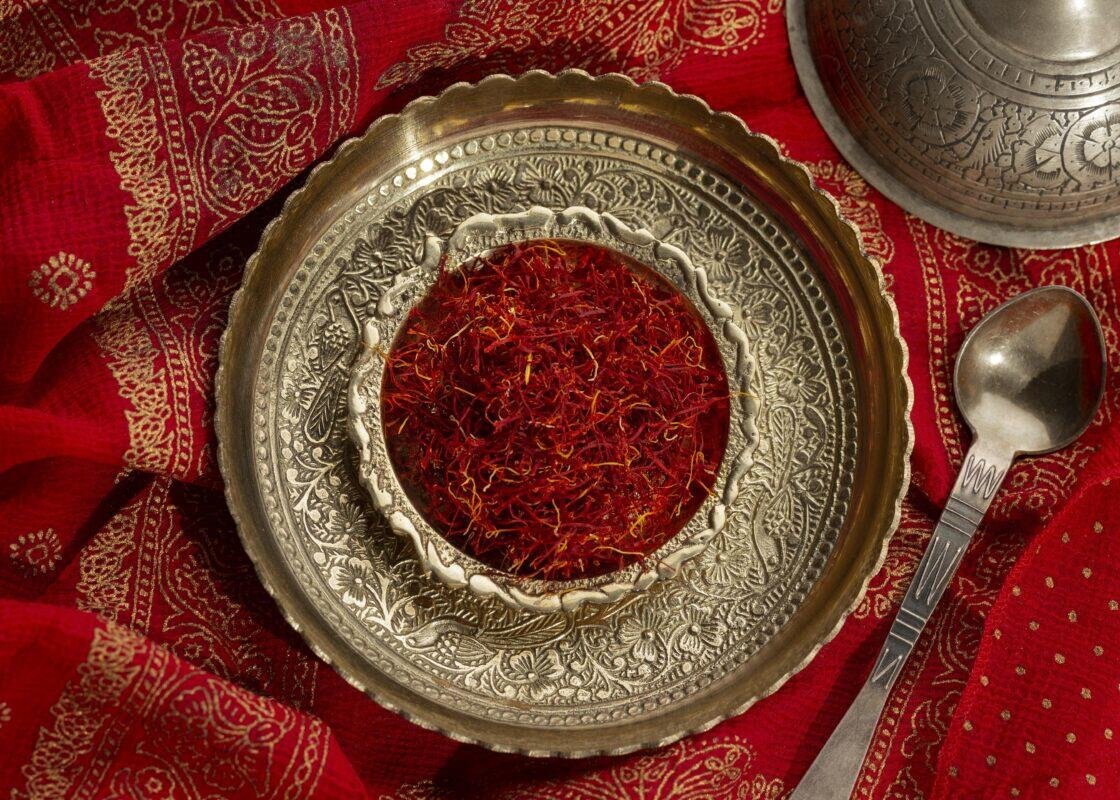saffron
5 Things That Could Affect Saffron Quality
When it comes to adding flavor and color to dishes, saffron is one of the best spices to have. Its iconic golden hue can take any plain-looking plate and turn it extraordinary in an instant. But before you buy saffron from the nearest store, know that several factors can determine its quality. So to help you out, we listed five of them below:
Type of Crocus Flower Used
Obviously, the crocus flower variant used to produce the saffron can greatly affect its quality. As you already know, the spice is made from the stigma of the Crocus Sativus flower, also known as the saffron crocus. This species of crocus is known for its large, showy flowers and deep red stigmas, which are the part of the flower that is used to make saffron.
However, other types of crocus flowers, such as Crocus Cartwrightianus, are sometimes used to make saffron as well. These species produce smaller, less vibrant flowers and paler stigmas, which can result in lower quality saffron with less intense flavor and color. Thus, if you want to buy saffron, make sure it’s made specifically from Crocus Sativus to ensure you get the best quality.
Harvesting Time and Drying Method
As far as quality is concerned, when you harvest and how you dry the saffron threads matter. Saffron is typically harvested in the fall, when the crocus flowers are in full bloom. The flowers must be hand-picked early in the morning, before they fully open, to ensure that the stigmas are at their peak of freshness and potency. If the flowers are picked too late in the day or after they have fully bloomed, the stigmas will be less fresh and flavorful.
Once harvested, saffron must be dried quickly and carefully to preserve its quality. The traditional method of drying saffron is by laying the stigmas on a clean surface in a well-ventilated room, out of direct sunlight. Heating saffron through a microwave or oven can result in lost color and flavor. So better avoid doing that. Other improper drying methods can lead to a loss of quality as well, again resulting in less intense color and flavor.
Storage Conditions
The conditions under which saffron is stored can also affect its overall quality. Temperature, humidity, and light exposure can all have a significant impact on the preservation and potency of saffron. Saffron should be stored in a cool, dry place, away from direct sunlight. High temperatures and humidity can cause the saffron to lose its color and flavor over time, while exposure to light can cause it to fade.
It’s also important to ensure that the saffron is properly sealed and packaged to prevent moisture and air from getting in. Oxygen and moisture can cause the saffron to lose its potency and become rancid. Therefore, it is best to store saffron in airtight containers, such as glass jars or vacuum-sealed bags, in a cool and dark place. This will ensure that the saffron stays fresh and flavorful for as long as possible.
Presence of Impurities
The presence of impurities or foreign substances mixed in with the saffron threads can greatly affect its quality. Saffron is a highly valued and expensive spice. As such, it’s often adulterated with cheaper substances to increase profits. Some common impurities include dyed safflower, turmeric, and paprika, which are similar in color to saffron but have a different taste and aroma. These impurities can ultimately dilute the true flavor and color of the saffron.
Additionally, impurities such as soil, sand, and other foreign particles can be mixed in with the threads, which can affect the overall quality and purity of the saffron. So to buy saffron properly, make sure you go for products that are certified pure, as well as get it only from reputable sources. That way, you can ensure that the saffron is free from impurities and foreign substances.
Age of the Saffron
Finally, the saffron’s age can have an impact on its quality. As a dried spice, saffron will lose its potency and flavor over time. That’s because the volatile compounds that give saffron its distinct aroma and flavor can degrade or evaporate quite quickly.
What’s more, saffron can also lose its color intensity as it ages. The ideal storage time for saffron is around 2 years, after which its potency starts to decrease and it loses its flavor and color. It’s important to check the packaging date when purchasing saffron and try to use it as soon as possible. Proper storage can slow down the aging process, so it’s best to store saffron in airtight containers, away from light, heat, and moisture. This will keep saffron fresh and flavorful for a longer period of time.
Make Sure You Buy Quality Saffron
Saffron is a very delicate spice, and there are many things that can affect its quality. So watch out for the factors listed above to ensure you only get the best saffron for your culinary needs. Do you have any other tips for picking out high-quality saffron? Let us know in the comments!

